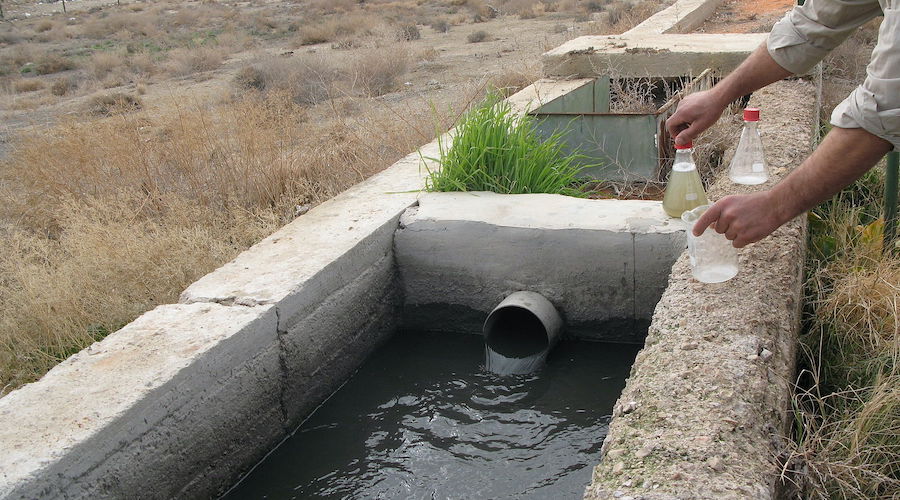Scientists optimize process to transform wastewater sulfur into battery materials

Such processes are in need of a revamp because they normally produce sulfide, a compound that can be toxic, corrosive and stinky.
Strategies for dealing with the problem, such as chemical oxidation or the use of certain substances to convert the sulfur into separable solids, can generate byproducts and drive chemical reactions that corrode pipes and make it harder to disinfect the water.
However, electrochemical sulfur oxidation requires low energy input and enables fine-tuned control of final sulfur products.
In their paper, the scientists explain that whereas some products, such as elemental sulfur, can deposit on electrodes and slow down chemical reactions, others, like sulfate, can be easily captured and reused.
Making use of scanning electrochemical microscopy – a technique that facilitates microscopic snapshots of electrode surfaces while reactors are operating – the researchers quantified the rates of each step of electrochemical sulfur oxidation along with the types and amounts of products formed. They identified the main chemical barriers to sulfur recovery, including electrode fouling and which intermediates are hardest to convert. They also found, among other things, that varying operating parameters, such as the reactor voltage, could facilitate low-energy sulfur recovery from wastewater.
These and other insights clarified trade-offs between energy efficiency, sulfide removal, sulfate production and time. With them, the researchers outlined a framework to inform the design of future electrochemical sulfide oxidation processes that balance energy input, pollutant removal and resource recovery.
Looking toward the future, the scientists believe that sulfur recovery technology could also be combined with other techniques, such as the recovery of nitrogen from wastewater to produce ammonium sulfate fertilizer.
“Hopefully, this study will help accelerate the adoption of technology that mitigates pollution, recovers valuable resources and creates potable water all at the same time,” the study’s lead author, Xiaohan Shao, said.




